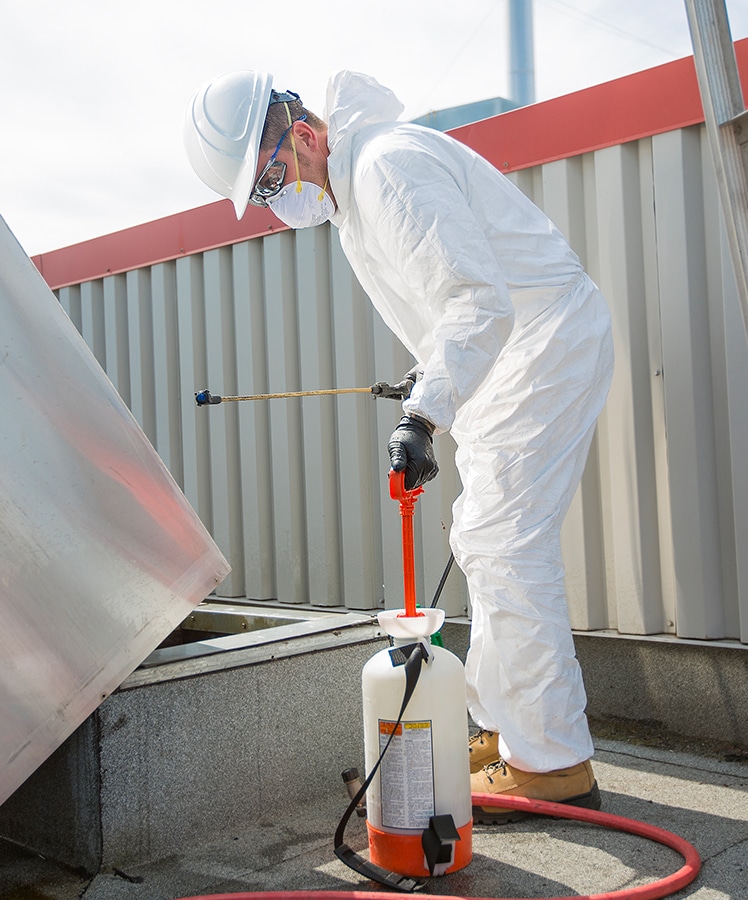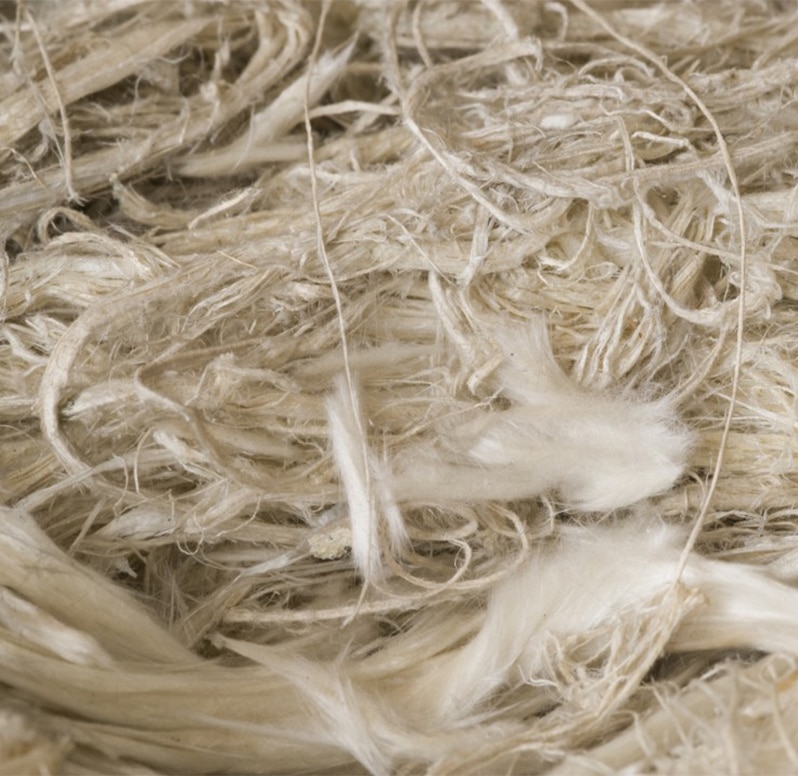
By the 1940s, asbestos was used extensively in many applications in the United States, particularly building applications. For 30 years after World War II, many schools and public buildings were built using materials containing asbestos. Asbestos containing materials were primarily used for fireproofing, soundproofing, and insulation. Builders liked using asbestos for many reasons: it is resistant to heat and chemicals, insulates well, and doesn’t corrode.
Furthermore, asbestos can be woven and used in a variety of industrial applications. Few other materials used in construction and manufacturing have the range of desirable properties of asbestos.
Thousands of commercial products contain or have contained asbestos. In homes built before 1978, asbestos was used to insulate boilers and pipes. It is also found in many other household materials such as:
When asbestos fibers come loose from the material that contains them, they can be inhaled and lodge in the lungs. Over a period of years to decades, asbestos can cause lung diseases including mesothelioma, a deadly form of lung cancer.

The three major methods for asbestos testing are polarized light microscopy (PLM), phase contrast microscopy (PCM), and transmission electron microscopy (TEM). The type of testing used depends on the type of sample material being tested.
Neither state nor federal laws require you to remove asbestos in your home just to be rid of it. In fact, much asbestos in the home, such as that in floor tiles, siding, and roofing, is not hazardous because these materials don’t tend to crumble and release asbestos fibers. However, asbestos-containing thermal insulation, asbestos pipe insulation and boiler lagging can be hazardous, and asbestos testing should be done if you suspect these materials were used in your home.
Choose an asbestos testing provider that is certified by the Environmental Protection Agency (EPA) to perform an inspection and collect samples of materials suspected of containing asbestos. The testing provider will take samples from areas dampened with water and will typically need a piece an inch or two in diameter. Samples are sealed in plastic and labeled for testing. If asbestos is found in materials that could be hazardous, your asbestos testing provider can advise you on your options for removal. MD Mold Testing is certified by the EPA for asbestos testing and has performed thousands of home inspections in Maryland, the District of Columbia, Delaware, and Northern Virginia.